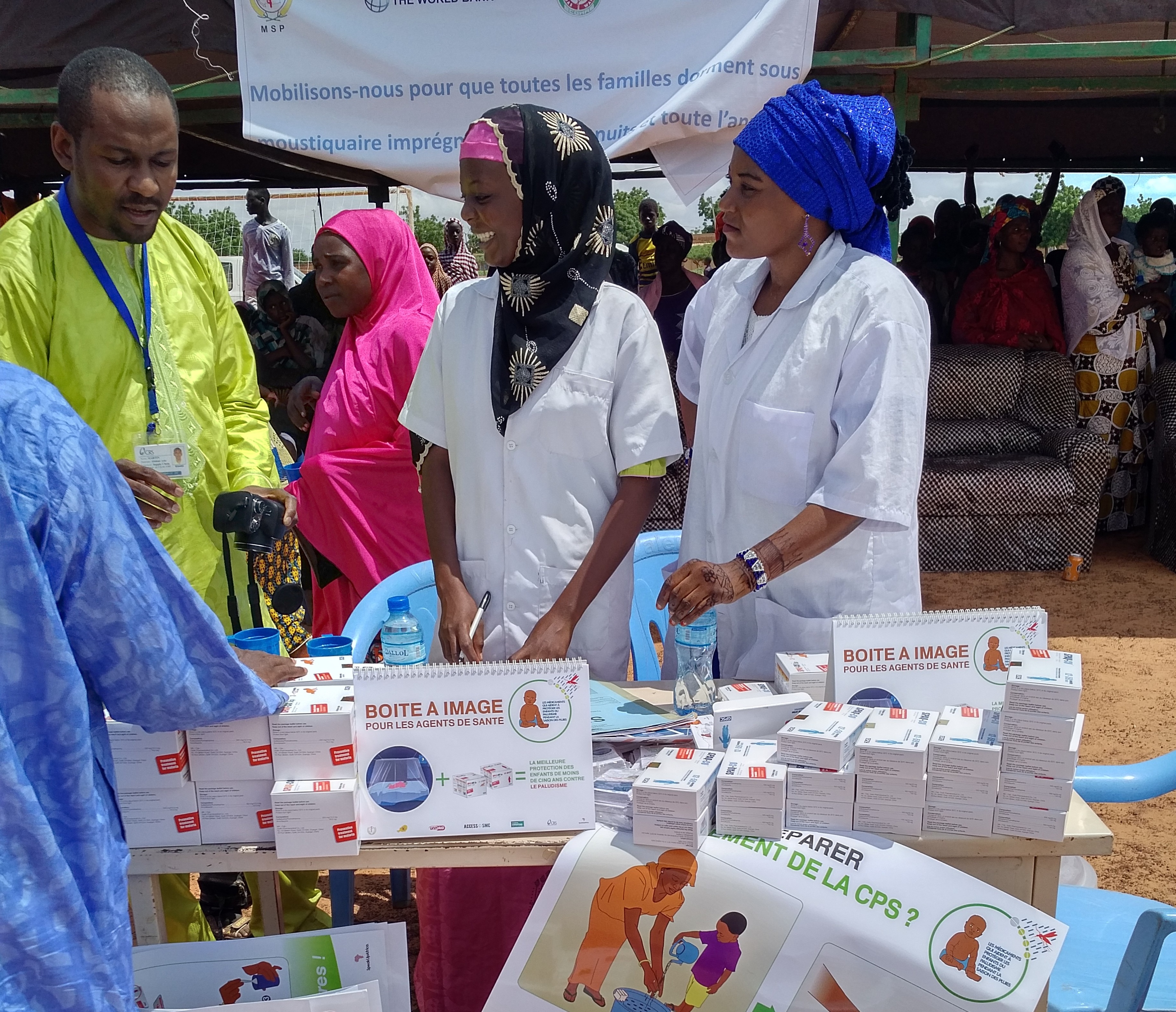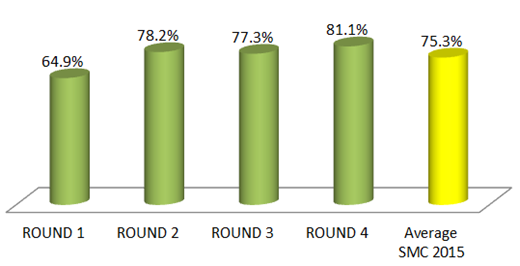Background
Malaria remains a major public health problem in Niger, with an incidence that increased from 6.3% in 2000 to 32% in 2013[1]. Malaria represented 31% of all morbidity in 2013 and was the leading cause of death in all regions of the country[2]. Pregnant women and children under 5 years of age are the most vulnerable groups and frequently develop severe malaria. The epidemiology of malaria in Niger is characterized by stable endemicity with a seasonal increase during and after the rainy season (June to December). The 2011–2015 National Malaria Strategic Plan highlighted the importance of maintaining constant availability of stock and improving the current supply chain management system for malaria commodities.
Between January 2015 and September 2016, SIAPS embedded a supply chain technical advisor within the National Malaria Control Program (NMCP) to strengthen pharmaceutical management of malaria commodities.
Project Highlights
Launch of a Supply Chain Technical Committee for Malaria Products
Uncoordinated distribution systems contribute to stock-outs or overstock of malaria commodities at health facilities. SIAPS supported the NMCP and Medicines Regulatory Authority to establish a malaria supply chain technical committee. Through this forum, the NMCP meets with all partners involved in the malaria supply chain to update stock status, discuss bottlenecks, and make recommendations to improve the availability of commodities and the performance of the malaria program.

SIAPS supported the NMCP to implement seasonal malaria chemoprevention (SMC) in 11 districts in Niger with funding from the Achieving Catalytic Expansion of Seasonal Malaria Chemoprevention in the Sahel project.
The Global Fund Concept Note Development
To mobilize additional resources, the NMCP was supported to apply for Global Fund grants under the new funding model. SIAPS participated in writing the concept note and ensured that the entire technical working group responded to Global Fund queries on time. SIAPS also collaborated with the NMCP and the Global Fund’s principal recipient (Catholic Relief Services) to organize the first national quantification workshop for malaria commodities. This is the first time that all malaria partners in Niger met to conduct this exercise.
Results
Availability of Medicines
For the first time, a distribution plan for malaria commodities was developed based on estimated needs. This was due to the availability of data provided by supply chain technical committee partners. Between 2015 and 2016, approximately 4,154,400 rapid diagnostic tests and 3,204,745 artemisinin-based combination therapy treatments were distributed to all 44 health districts to cover the high transmission season (July to November) of malaria in the country.
Malaria Control Interventions

With SIAPS support to the NMPC, the Global Fund application was approved for USD 36,735,493 and an additional USD 2,449,465. Having this concept note approved was a great achievement for the NMCP.
The availability of essential staff at the NMCP to properly manage malaria commodities remains a challenge. In addition, the NMCP lacks the organizational capacity to effectively manage the program and achieve desired results.
Project Legacy
For 18 months in Niger, SIAPS contributed to building national capacity to manage malaria products and to improve the availability of malaria commodities. SIAPS supported improved coordination and communication among partners through the malaria supply chain technical committee and other Technical Working Groups.

